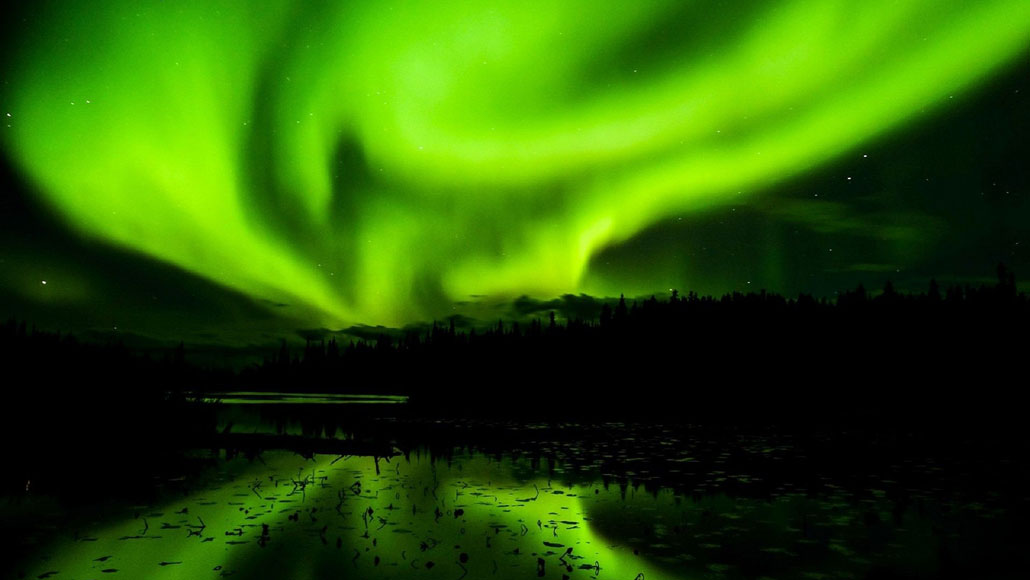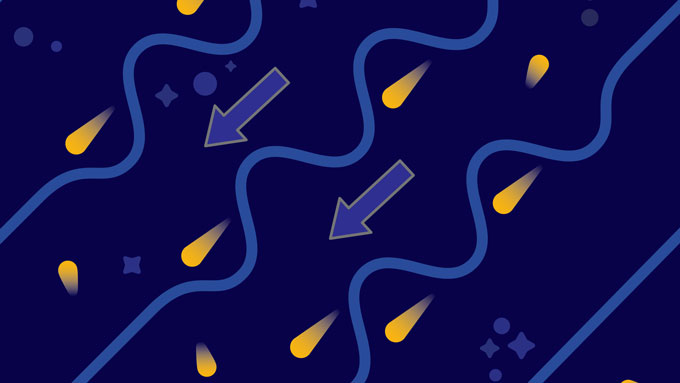Auroras form when electrons from space ride waves in Earth’s magnetic field
The same physics could give rise to auroras on Jupiter and Saturn

New lab experiments confirm that disturbances in Earth’s magnetic field called Alfvén waves send electrons careening into the atmosphere to light up auroras.
axelle b (CC0 1.0)








